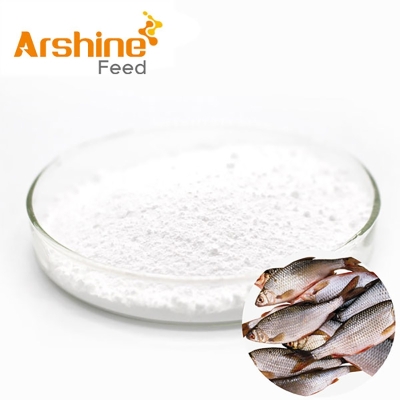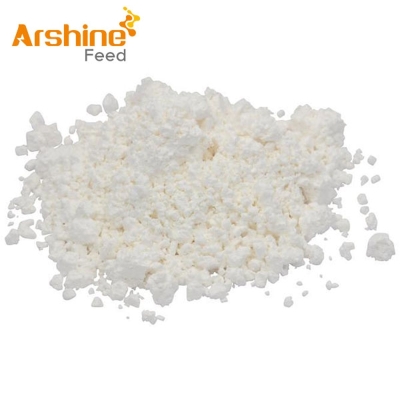Weather in South America affects the nerve of global soybean market
-
Last Update: 2008-11-03
-
Source: Internet
-
Author: User
Search more information of high quality chemicals, good prices and reliable suppliers, visit
www.echemi.com
Introduction: at present, South American soybeans have entered the critical stage of filling and podding The weather conditions in the main soybean producing areas in South America affect the nerves of the global soybean market, and the soybean market is getting better and better for the weather speculation In the past two weeks, South America's soybean producing areas have been dry and lack of rainfall, which will directly lead to small pods, low yield per unit area, and greatly reduced soybean quality The situation in the western, Central South and Western southern states of Brazil is worrying Parana, Brazil's second-largest producer, is expected to see a sharp drop in output due to lack of rainfall On February 21, agrural, a consulting company, reduced Brazil's soybean production in 2004 / 05 to 60 million tons The drought in the southern soybean production area damaged the crops As of February 14, Brazilian growers had harvested 7% of the soybean crop, compared with 5% a week ago Agrural's estimate of good crop rates in Brazil fell to 79% from 84% a week ago Due to the dry weather in the crop belt in the southwest of Pakistan, if there is no rainfall in the next few days, the crop situation in the South may worsen In recent months, due to the lack of rain in southern Brazil, especially in Rio Grande do Sul, the country's third largest soybean producing state, several institutions have reduced the country's soybean production estimates Agrural is the latest agency to cut Brazil's soybean production estimates in the past few weeks According to DTN meterorogix, the meteorological agency, it is predicted that in the next seven days, the southern part of Brazil will still be dominated by dry weather, during which there will be only some sporadic rainfall, and the maximum temperature will remain between 90-100 degrees Fahrenheit, which is higher or extremely higher than the normal level Due to the current drought, crop growth conditions in the southern half of Brazil are worrying, and soybean yield per unit area may decline due to the recent lack of rain Compared with Brazil, Argentina will have better rainfall opportunities in the next week and 10 days According to the monthly weather forecast released by cropcast, the agricultural weather forecast agency of geosatellite, during the rest of the crop growing season in Argentina, the temperature in the main production areas is moderate, and the rainfall is close to or below the normal level In general, Argentina's soybean yield is still expected to approach or exceed the average level On February 21, Brazil's Government Research Institute, EMBRAPA soya, said the spread of Asian soybean rust to Bahia in northern Brazil increased the number of states infected with the fungus disease to 12, plus the Brazilian federal region On February 21, the Argentine government announced that soybean Asian rust was found in Chaco Province, the fifth largest soybean producing region in Argentina, and in Corrientes Province in the northeast Soybean crop growth continues to plague Asian rust In terms of imports, it is estimated that nearly 900000 tons of imported soybeans will be transported to China in the first and middle of February, most of which will arrive in the first ten days and about 250000 tons in the middle of February It is estimated that the arrival volume of the whole February will be between 1.5-1.6 million tons Due to the long stoppage of the crushing plant in February and the reduction of the crushing volume, it is expected that the imported beans will not only meet the demand, but also increase the inventory According to statistics of Ningbo customs, 17000 tons of edible vegetable oil were imported at Ningbo port in January The average unit price of imports was US $528.17/ton, up 31.8% year on year The main reason for the increase of edible vegetable oil import at Ningbo port is that the domestic vegetable oil supply is in short supply and the price of edible vegetable oil in the international market is significantly lower than that in the domestic market
This article is an English version of an article which is originally in the Chinese language on echemi.com and is provided for information purposes only.
This website makes no representation or warranty of any kind, either expressed or implied, as to the accuracy, completeness ownership or reliability of
the article or any translations thereof. If you have any concerns or complaints relating to the article, please send an email, providing a detailed
description of the concern or complaint, to
service@echemi.com. A staff member will contact you within 5 working days. Once verified, infringing content
will be removed immediately.







